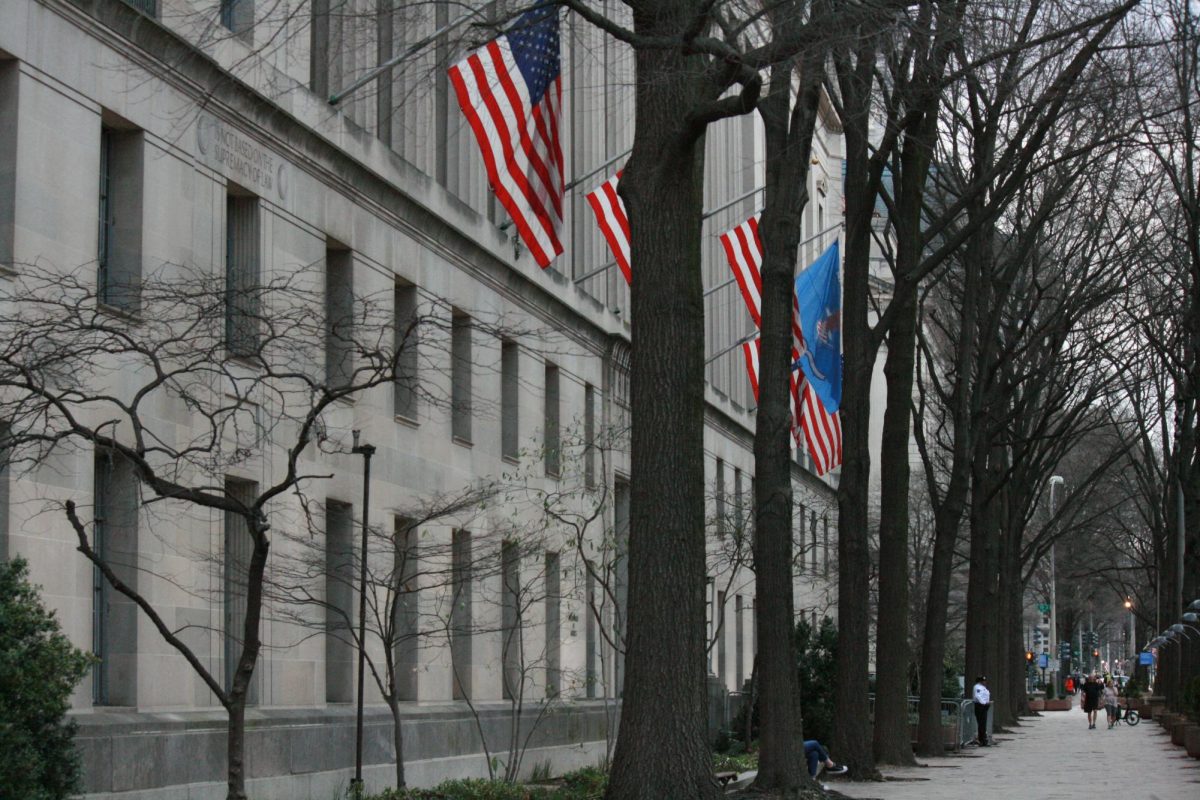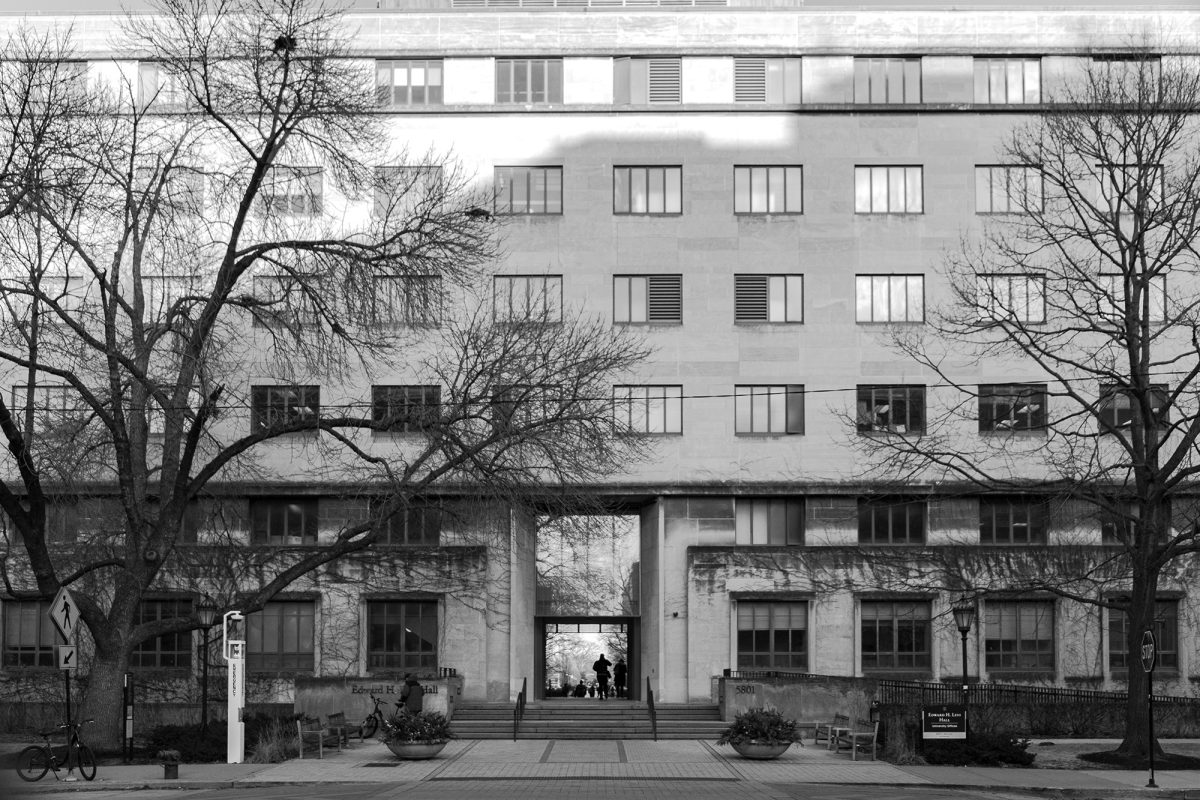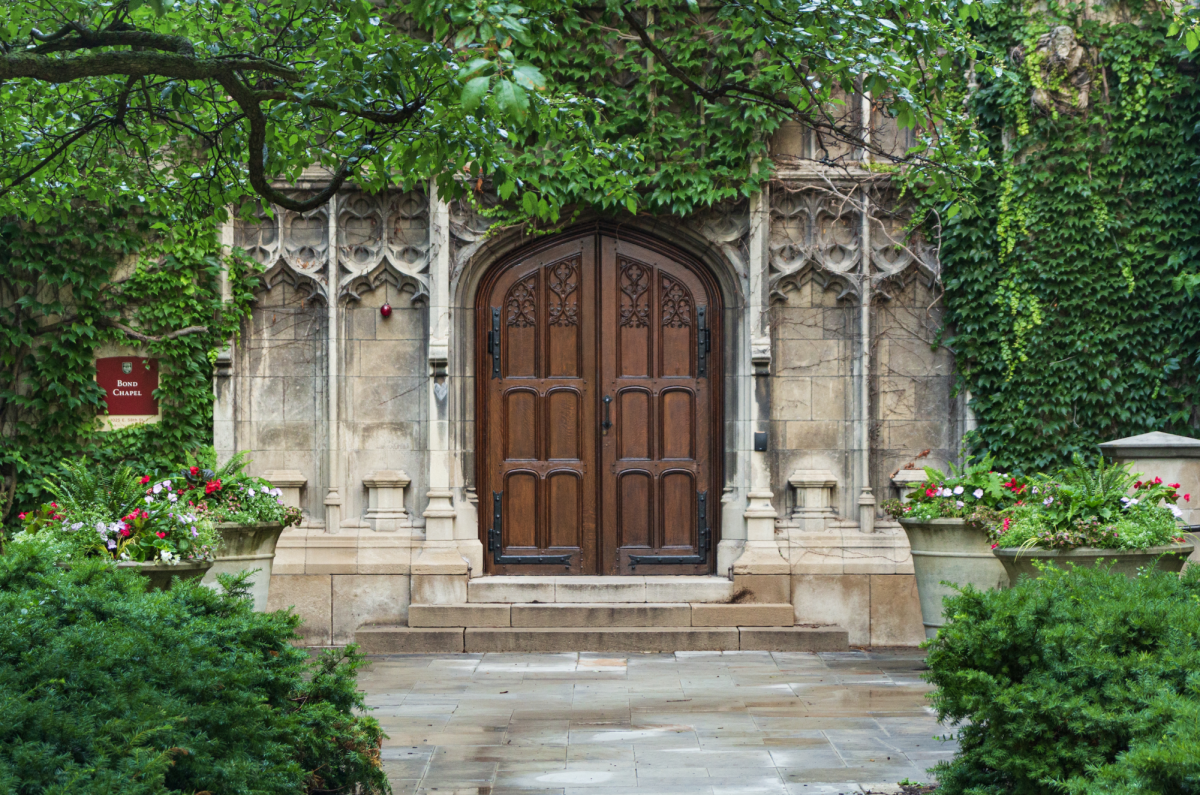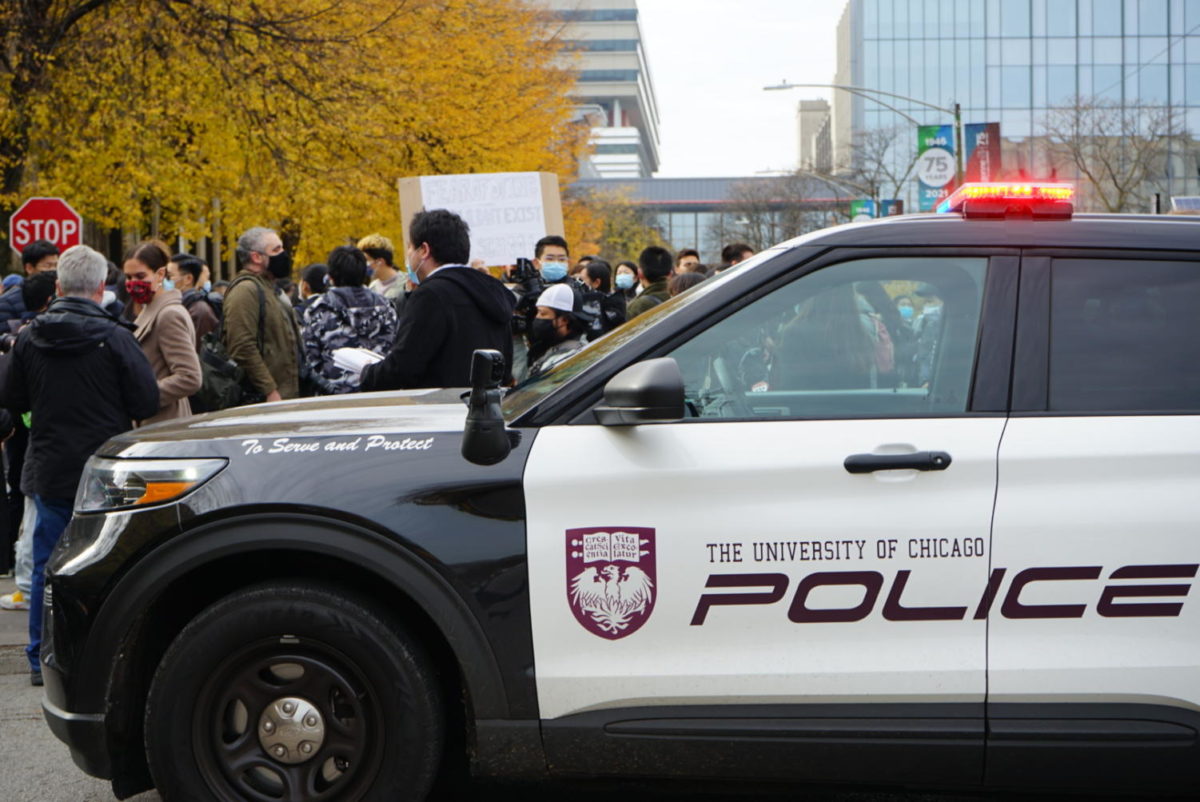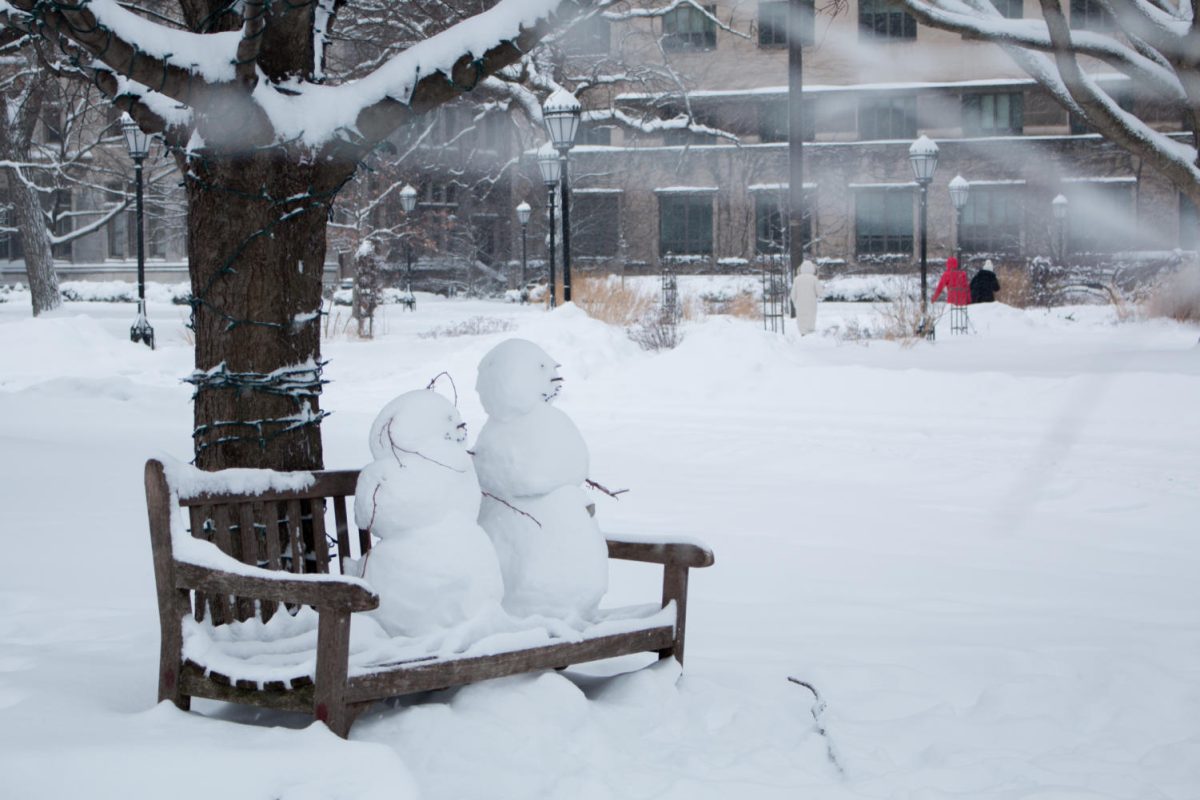Somewhat perversely, the University of Chicago’s relative lack of emphasis on athletics has become a part of campus identity and a facet of University culture. The roots of this identity can be traced back to University President Robert Maynard Hutchins’s disbanding of the football team in 1939. More recently, however, the University has sustained an athletics program without compromising its academic rigor, ensuring that the role of sports remains within the scope of the life of the mind. Now, new athletic director Erin McDermott has proposed increasing attendance at varsity athletics events and incorporating sports and wellness further into student life. Strengthening the University’s athletics programs would confer many benefits to students, athletic and non-athletic alike, and should be done with an eye toward the integration of sporting events into student culture at large.
Athletes make up a significant part of UChicago’s student population, and the quality of their experience should be of concern to the University. They deserve support from the University and their peers to justify the hours and work they commit to their sport. One way that the University can do this is by building on the momentum generated by events such as Neon Night and Homecoming, which included a block party and Midnight Madness this year. Hosting more of these events encourages students to attend as a social outing. In turn, students should realize that home games, regardless of whether the athletics department is holding a promotional component, are options for socializing during weekends, just as going out into Hyde Park or staying in and watching a movie are.
Higher attendance at sporting events could have remarkable effects on student spirit, creating a forum for students to interact as a community outside of the Reg—incidentally the library for which the University’s old Stagg Field, which seated 55,000, was demolished. A larger emphasis on athletic life at the University could also apply to the IM and club levels, which are additional opportunities to expand student life and house culture. Doing so would not, as some would say, detract from the University’s identity, but instead add to it.
A stronger sports culture on campus would have effects that extend beyond Hyde Park and could better student life by forging stronger connections with alumni. An alum who remains connected to the University by attending these events might be inspired to donate to support financial aid, or provide a broader network of connections for students in the form of programs such as Metcalf Internships and Alumni Board of Governors Externships.
Perhaps, as an institution undeniably fixated on the classical canon, we’ve become a little caught up in the narrative of the Peloponnesian war: the physical Spartans versus the intellectual Athenians. Certainly, the University must be wary of the potential conflicts between academic and athletic life which are present in other colleges, but there is a way to have academics and athletics interact in a mutually beneficial manner. With 13 years of experience at Princeton’s athletics department, McDermott is in a good position to know how. Perhaps we might do better to appeal to a different classical concept: that of Plato’s fit body and mind.
The Editorial Board consists of the Editors-in-Chief and the Viewpoints Editors.


